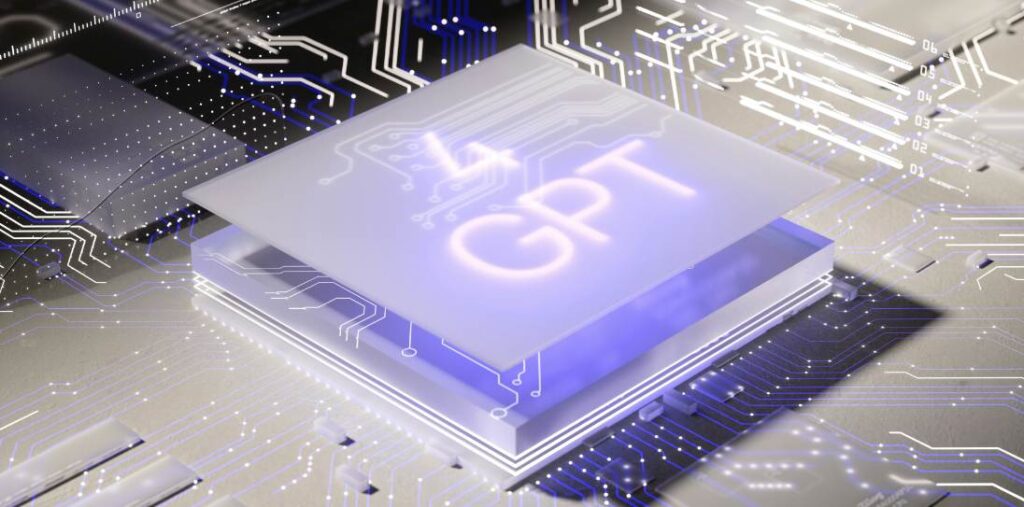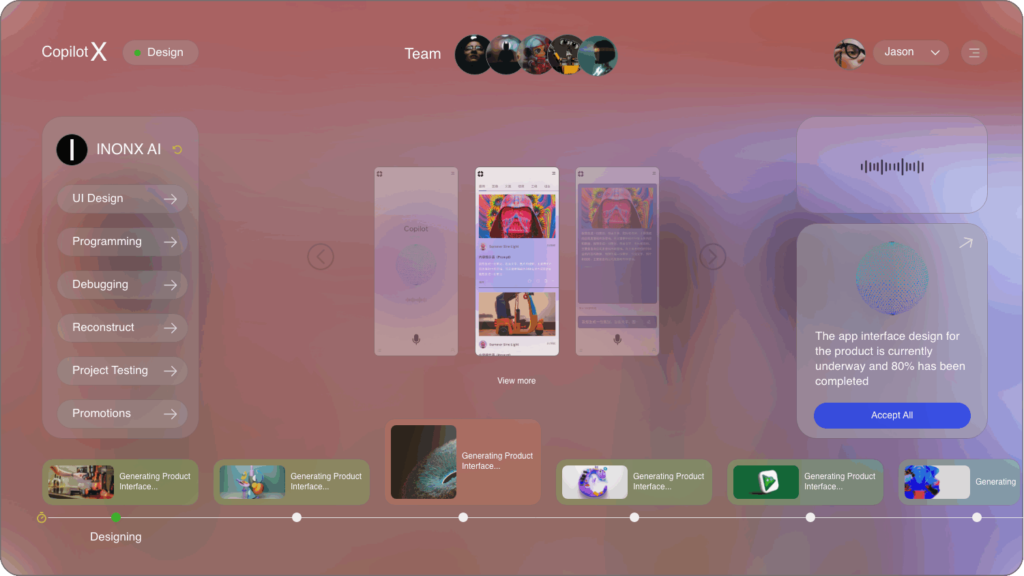The landscape of artificial intelligence (AI) continues to evolve at a breathtaking pace as new advancements reshape industries and redefine possibilities. From the introduction of sophisticated large language models to the deployment of specialized AI tools, 2024 has seen a significant uptick in the capabilities and applications of AI technologies. This article provides an overview of the most recent AI innovations, specifically focusing on the launch of Google Gemini 1.5 Pro, new tools and APIs enhancing business operations, specialized technologies addressing debiasing challenges, and innovative products tailored for sectors like enterprise, cybersecurity, and creative industries.
.
**Google Gemini 1.5 Pro: A Leap in Multimodal AI Capabilities**
Among the most notable advancements in AI is the public release of Google Gemini 1.5 Pro. Building on its predecessor’s strengths, this model boasts enhanced multimodal capabilities, allowing it to process and understand text, audio, images, and video simultaneously. This marks a significant evolution over previous models that were largely unimodal. The ability to integrate multiple types of data for more holistic analysis opens new horizons for applications across diverse fields.
Gemini 1.5 Pro’s extended context understanding feature is another critical enhancement, enabling it to maintain coherence over longer dialogues or complex narratives. This development is crucial not only for improving customer service applications but also for professional fields requiring intricate and sustained dialogues, such as legal and medical professions (Source: TechCrunch, February 2024).
.
**Advanced AI Tools and APIs Reshaping Industries**
The continuous evolution of AI tools and APIs is providing businesses with the ability to integrate advanced technologies seamlessly across various operations. Wave AI, a newly launched platform, offers a suite of APIs designed specifically to enhance productivity in sectors like marketing, finance, and supply chain management. These APIs help in automating routine tasks, analyzing data at unprecedented speeds, and providing predictive insights that drive decision-making processes.
For instance, Wave AI’s APIs enable marketers to analyze consumer behavior in real-time, creating tailored marketing strategies that significantly improve conversion rates. The platform also integrates machine learning models that improve with usage, making it an indispensable tool for businesses aiming for efficiency and enhanced consumer engagement (Source: Business Insider, February 2024).
Similarly, Tidal, a new AI-driven platform, focuses on social services, offering tools to streamline case management and resource allocation. Its predictive analytics capabilities allow social service agencies to anticipate needs and allocate resources more effectively, ultimately leading to better outcomes for communities served. By leveraging historical data and applying advanced algorithms, Tidal enhances decision-making and community responsiveness (Source: The Verge, February 2024).
.
**Emerging AI Technologies: Specialized Use Cases and Debiasing**
As industries demand more reliable and interpretable AI, the development of debiased large language models (LLMs) is gaining traction. Organizations like OpenAI and Meta have introduced advancements specifically aimed at addressing biases in algorithmic decision-making. The latest LLM models are designed to heighten user awareness of potential biases and provide mechanisms for organizations to audit and adjust AI behavior.
For instance, OpenAI’s DALL-E 3 model incorporates features that highlight biased outputs, enabling users to understand and mitigate risks associated with AI-generated content. These advancements are essential not only for compliance with ethical standards but also for preserving the integrity of AI systems across numerous applications (Source: Nature AI, February 2024).
Another emerging issue addressed by recent advancements is the integration of AI in cleaning and disinfecting robots. Highly specialized robots equipped with AI algorithms are making strides in infection control across various settings—hospitals, schools, and public spaces. The latest models utilize machine learning capabilities to navigate environments autonomously while adapting their disinfection protocols based on real-time data about infection risks and foot traffic patterns (Source: Robotics & Automation News, February 2024).
.
**Innovative AI Products Transforming Enterprise and Creative Industries**
The launch of innovative AI products tailored for enterprise applications, cybersecurity, and creative industries reflects the vibrant evolution of AI technology. In the enterprise sector, solutions like Salesforce Einstein AI enhance customer relationship management (CRM) with sophisticated predictive analytics and personalized communications. These tools streamline workflow processes and empower employees to focus on strategic initiatives rather than repetitive tasks, substantially improving productivity (Source: Forbes, February 2024).
Cybersecurity is another critical area benefiting from AI innovations. Darktrace has introduced an AI-powered autonomic response system, leveraging self-learning algorithms to detect and neutralize cyber threats in real-time. This technology not only detects anomalies within network traffic but also learns from previous incidents to fortify defenses proactively. Businesses are increasingly adopting these solutions to safeguard sensitive data, especially in light of rising cybercrime (Source: CyberScoop, February 2024).
In the creative industries, platforms like Adobe Firefly 2.0 are making waves, allowing users to create and manipulate high-quality images and videos seamlessly. Firefly 2.0 includes enhanced generative features that optimize workflows for graphic designers, marketers, and content creators. As companies increasingly incorporate AI into their creative processes, the potential for increased innovation and efficiency grows (Source: Adweek, February 2024).
.
**Impact on Healthcare, Business Automation, and Education**
The implications of these AI advancements extend across various fields, particularly healthcare, business automation, and education. In healthcare, enhanced AI models are being utilized for predictive analytics in patient care and diagnostics, leading to timely interventions and better health outcomes. AI systems can assist healthcare professionals by analyzing vast amounts of data to identify patterns and suggest treatment plans quickly.
Business automation tools, fortified by advanced AI capabilities, help streamline operations by reducing human error and improving efficiency in tasks such as supply chain management and customer service. Organizations adopting these tools can expect significant improvements in productivity and cost-efficiency.
Education is witnessing a technology shift as well, whereby AI-enhanced learning platforms personalize educational experiences based on individual learning styles and progress. This could potentially revolutionize how education is delivered and monitored, leading to more engaged and successful learners (Source: EdTech Magazine, February 2024).
.
**Conclusion**
As of February 2024, the trajectory of artificial intelligence continues to accelerate with groundbreaking advancements across multiple sectors. The introduction of models like Google Gemini 1.5 Pro showcases the potential for multifaceted AI applications, while new tools and APIs streamline operations and decision-making processes in businesses. Specialized technologies address pressing concerns such as bias and auditability, while innovative products are transforming the landscape of enterprise, cybersecurity, and creative industries. The impact on critical sectors like healthcare, business automation, and education signifies a promising future where AI plays an integral role in driving efficiency, enhancing decision-making, and improving overall quality of life. The advancements made in the first few months of 2024 are just the beginning, as the AI sector continues to evolve and address the complexities of a rapidly changing world.
.
**Sources:**
– TechCrunch, February 2024.
– Business Insider, February 2024.
– The Verge, February 2024.
– Nature AI, February 2024.
– Robotics & Automation News, February 2024.
– Forbes, February 2024.
– CyberScoop, February 2024.
– Adweek, February 2024.
– EdTech Magazine, February 2024.


























